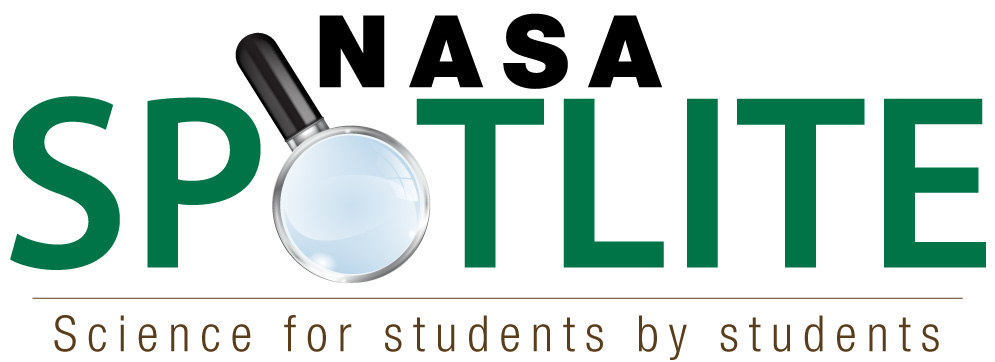

Spotlite Design Challenge:
Solar Eclipse Chasers
Developed in Collaboration with NASA Heliophysics Education Activation Team (NASA HEAT)
Register your learner production teams to receive a Spotlite Design Challenge starter kit with certificates and badges.


Identify the problem: As NASA Solar Eclipse Chasers, you are challenged to gather and share evidence to confront misconceptions about solar eclipses. Create a video that captures your questions and findings.
- The Moon is between Earth and the sun; and
- The Moon, Earth and Sun are aligned in such a way that the Moon casts a shadow on Earth's surface
Follow these steps to think and act like scientists as you dig through data and experiment to support a claim that confronts a misconception.
-
Select the MISCONCEPTION and related CLAIM to investigate.
-
MISCONCEPTION 1: Solar eclipses are rare.
- CLAIM: A TOTAL solar eclipse is rare, but there are 2 to 4 solar eclipses each year.
-
MISCONCEPTION 2: All solar eclipses are the same.
- CLAIM: There are four types of solar eclipses: total, partial, hybrid, and annular. The Moon’s elliptical orbit determines the type of solar eclipse.
-
MISCONCEPTION 3: Solar eclipse glasses are the only way to experience a solar eclipse.
- CLAIM: You can view a solar eclipse indirectly using a pinhole projector.
-
MISCONCEPTION 1: Solar eclipses are rare.
-
Do your own RESEARCH by conducting investigations to gather data and collect evidence to support your claim.
Before exploring the misconceptions and claims, build your understanding of solar eclipses through this My NASA Data article and activity.
CLAIM: A TOTAL solar eclipse is rare, but there are 2 to 4 solar eclipses each year.CLAIM: There are four types of solar eclipses: total, partial, hybrid, and annular. The Moon’s elliptical orbit determines the type of solar eclipse.CLAIM: You can view a solar eclipse indirectly using a pinhole projector.
Always keep your back to the Sun when using a pinhole projector.
SAFETY WARNING
Safety is important anytime you conduct a science investigation. Common sense guidelines should govern all work.
- Always keep your back to the Sun when using a pinhole projector.
- Keep all workspaces neat and organized.
- Wear appropriate personal protective equipment, such as closed-toed shoes.
- Follow directions and ask for clarification.


 Recent tweets from NASA eClips
Recent tweets from NASA eClips

